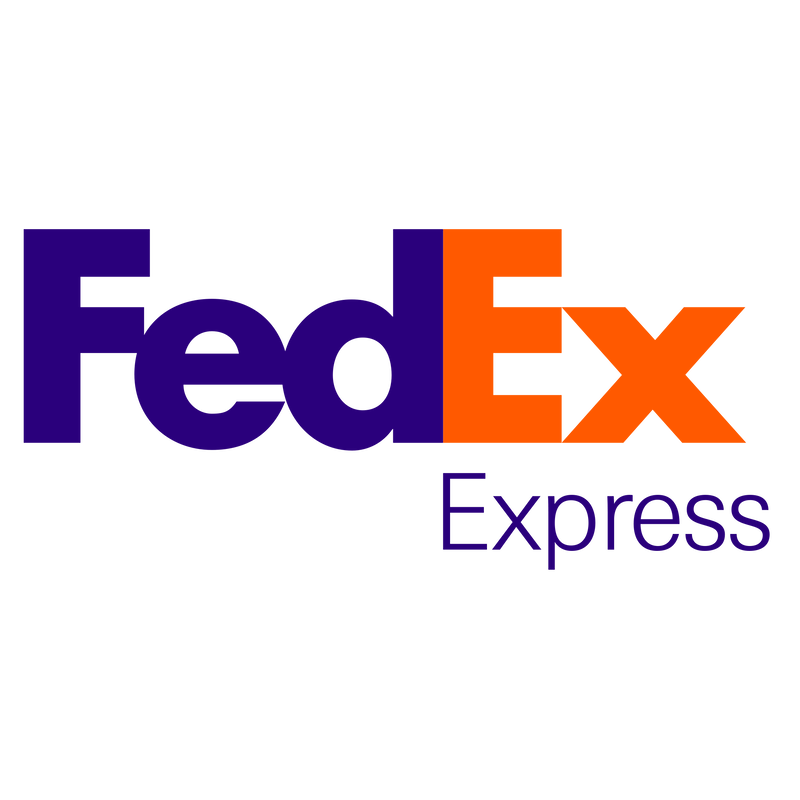- Product (or service)
- Place (location and distribution)
- Price
- Promotion
For a business to succeed, you need to:
- get all of the elements right
- strike a balance between the elements
Differentiation of your business from your competitors can be achieved through adjusting the elements to make your product/business more attractive. For example, if you wanted to market a high profile brand, you would focus on promotion rather than price.
Product
Satisfying the customer’s needs or wants and in turn making a profit is your aim in providing a product/service. It is essential therefore that you get your product/service right.
There are various ways in which you can make your product stand out and be appealing. Use your senses in evaluating the product: ask yourself how does it feel and look.
Key questions:
- Attractiveness - is the packaging and the product itself visually appealing?
- Expectations - does the product meet customer’s expectations? For instance, they may have expectations in terms of product quality.
- Benefits - does the product have benefits a customer wants or needs? Benefits describe what it is that a customer gets out of a product, and differ from features.
- Functionality – how well does it do the job it’s supposed to?
- Competition - how does it fair compared to other similar products?
- Reliability – is it reliable?
Place
‘Place’ is the mechanism through which goods and/or services are moved from the manufacturer/ service provider to the user or consumer. It is also referred to as distribution, channel or intermediary.
Successful distribution of your product/service is not only dependent on the delivery mechanism. You must also consider your customers – where is it that they would expect to go to find products/services like yours? It is therefore essential that you choose the correct distribution channel(s).
Key questions:
- From where do your customers expect, or prefer, to buy the product or service?
- What are the existing distribution channels in your chosen market?
- Do you want to use direct or indirect channels? (eg 'direct' to a consumer, 'indirect' via an intermediary)
- Do you want to use single or multiple channels?
- If using an intermediary:
Is the intermediary familiar with your target consumers?
Is the intermediary appropriate for your business?
- wholesalers
- agents
- retailers
- the Internet
- overseas distributors
Price
You need to know what your customers would be prepared to pay in order to price something effectively.
Compare your products/services with similar ones belonging to your competitors. This should give you some idea of typical prices in the market.
You will then need to decide upon a pricing strategy. For example, you might use cost based pricing where total costs are calculated and a mark up is added to give the required profit. Or you might consider differential pricing, where you charge different segments of your market different prices for the same service. The strategy you choose will have an effect on the success of the product. (For a further discussion of pricing strategies see the link at the bottom of the page.)
Whichever strategy you choose, you need to distinguish between cost and price. To maximise your profits, you should aim to charge the maximum amount that people will pay, while seeking to reduce costs and increase productivity.
Promotion
Promotion is about effectively communicating with your customers so that they are encouraged to buy from you. You need to promote to both existing customers and prospective ones, which may involve promoting to each in different ways.
To promote successfully, you need to take the following into account:
- You need to know as much as possible about your customers and their buying habits.
- You need to identify which are the important questions customers could have about your product/service, eg is this a reliable product? Your promotional activities should answer these questions.
- You need to identify your unique selling point (USP) and communicate it effectively to your customers.
- You need to identify the style of your promotional activities
- You need to decide when you are going to promote.
When you have answers to the above, you are in a stronger position to decide what to say, how to say it, when to say it, and which promotional method(s) to use.
Promotions mix
The ‘promotions mix’ is the combination of promotional elements you use to promote your product/service.
The various elements which can make up the promotions mix include:
- Personal Selling
- Sales Promotion
- Public Relations
- Direct Mail
- Trade Fairs and Exhibitions
- Advertising
- Sponsorship
You would choose the appropriate elements for your product/service and integrate them to form a promotional campaign.
Note: Sometimes you might see the marketing mix described in terms of the 'five Ps', to includePeople. Alternatively, the ‘seven Ps' also include Physical evidence (eg uniforms) and Process(the whole customer experience).
Summary:
PRODUCT
The business has to produce a product that people want to buy. They have to decide which ‘market segment’ they are aiming at – age, income, geographical location etc. They then have to differentiate their product so that it is slightly different from what is on offer at present so that people can be persuaded to ‘give them a try’.
PROMOTION
Customers have to be made aware of the product. The two main considerations are target market and cost. A new business will not be able to afford to advertise on national television, for instance and would not wish to because its market will be local to start with. Leaflets, billboards, advertisements in local newspapers, Yellow Pages and ‘word of mouth’ would be more appropriate.
PRICE
The price must be high enough to cover costs and make a profit but low enough to attract customers. There are a number of possible pricing strategies. The most commonly used are:
- PENETRATION PRICING – charging a low price, possibly not quite covering costs, to gain a position in the market. This is quite popular with new businesses trying to get a ‘toehold’.
- CREAMING – the opposite to penetration pricing, this involves charging a deliberately high price to persuade people that the product is of high quality. Luxury car makers often use this strategy
- COST PLUS PRICING – this is the most common form of pricing. Costs are totalled and a margin is added on for profit to make the total price.
PLACE
The business must have a location that it can afford, and that is convenient and suitable for customers and any supplier.
















